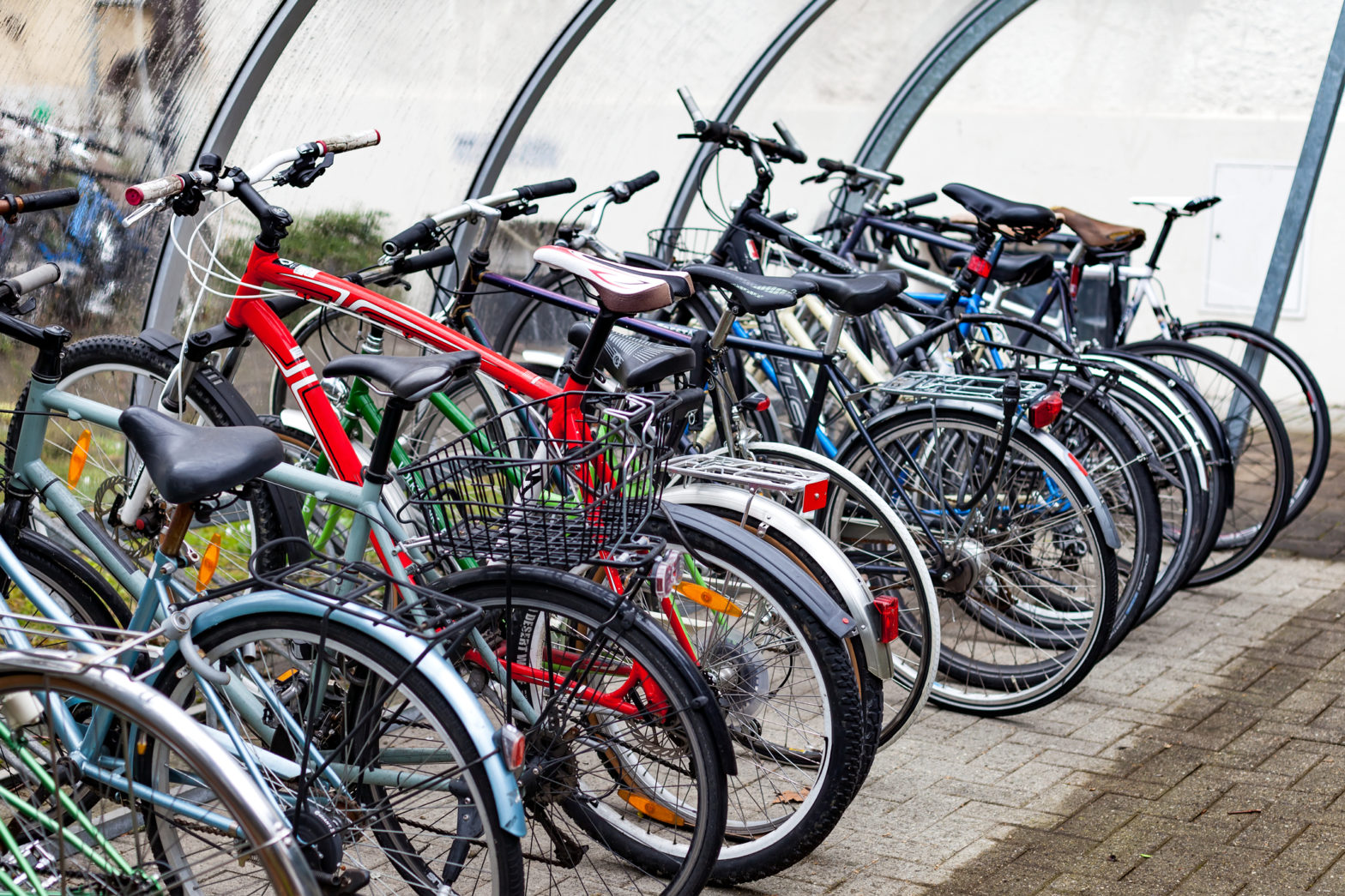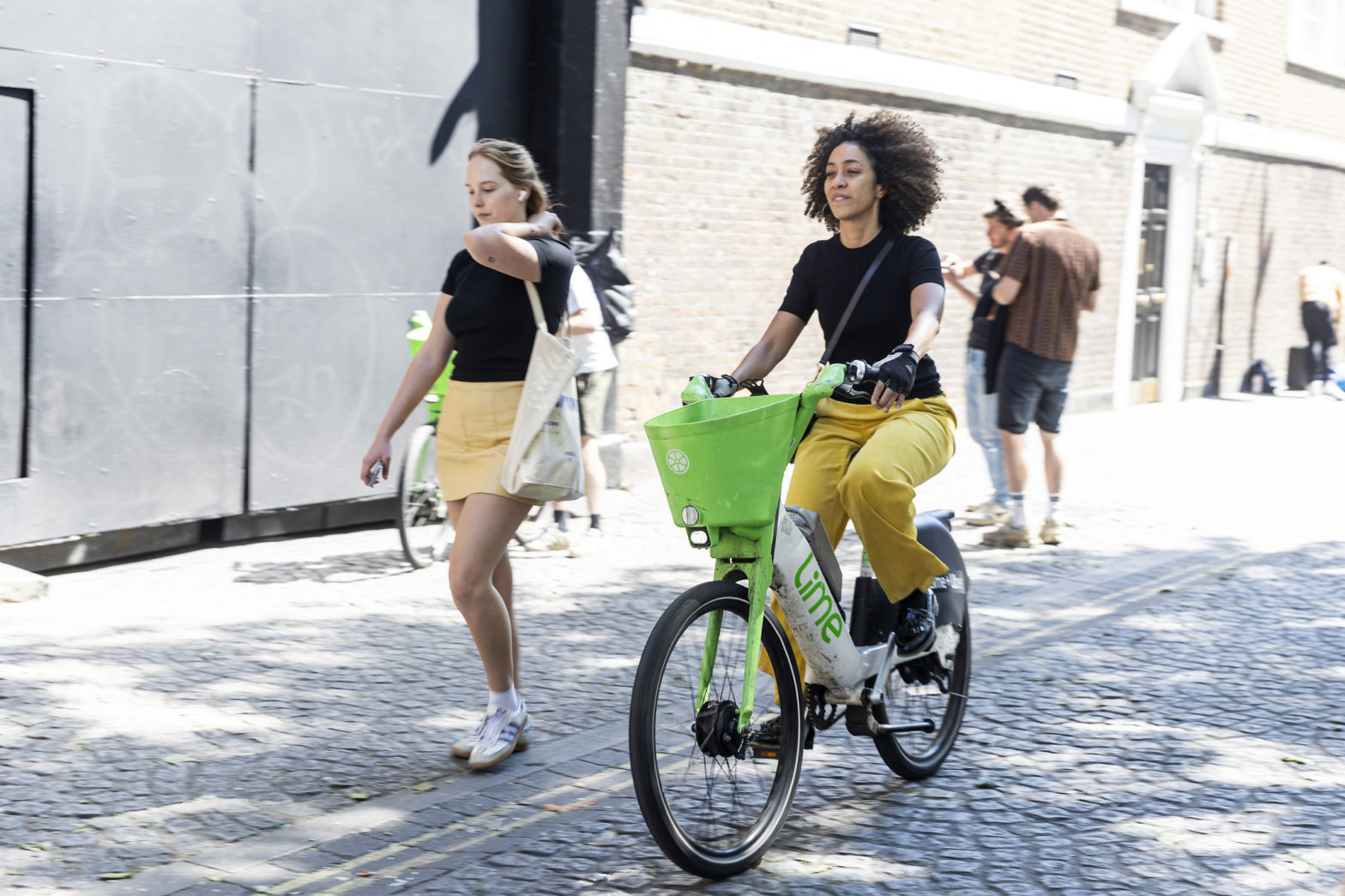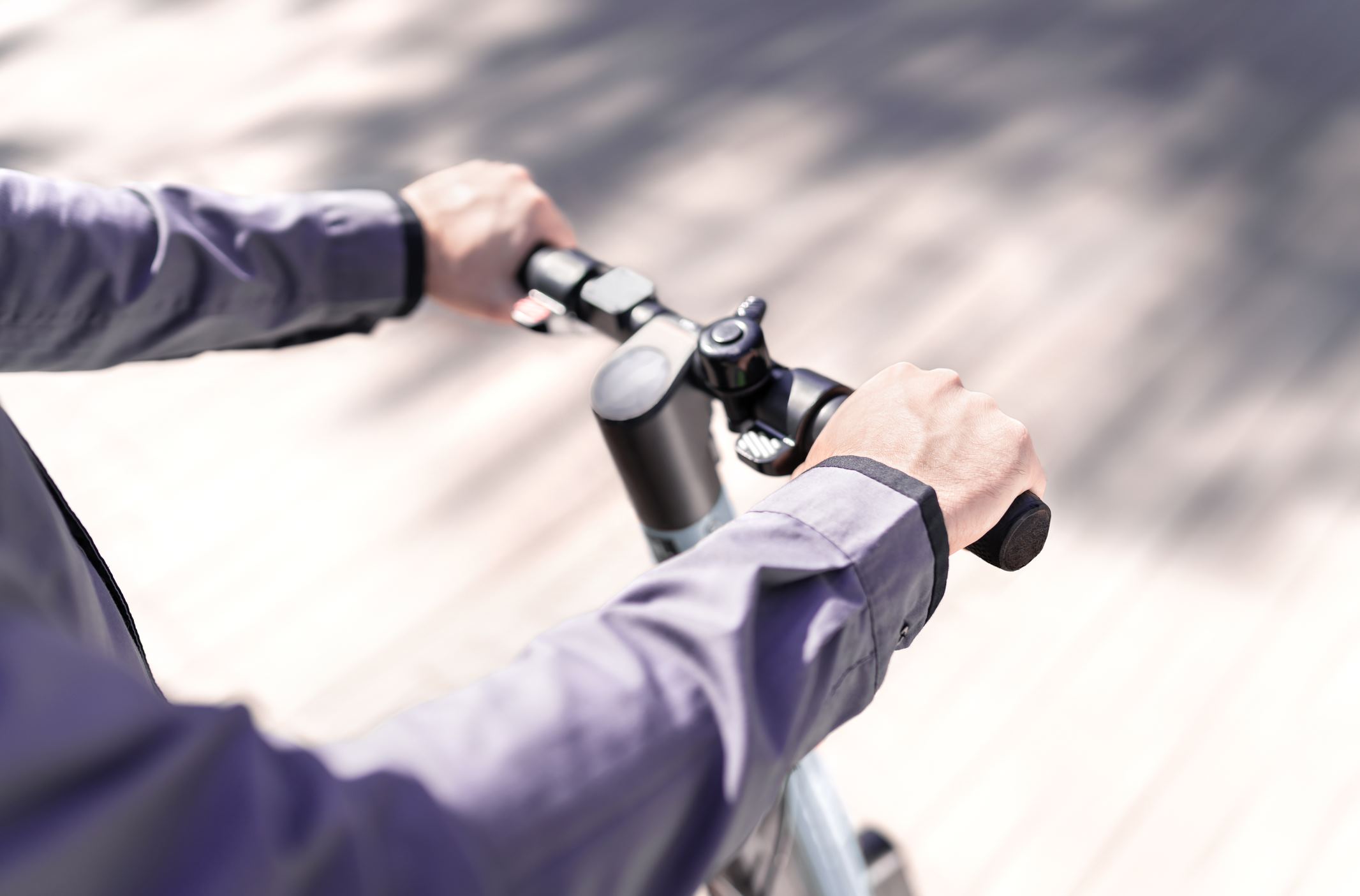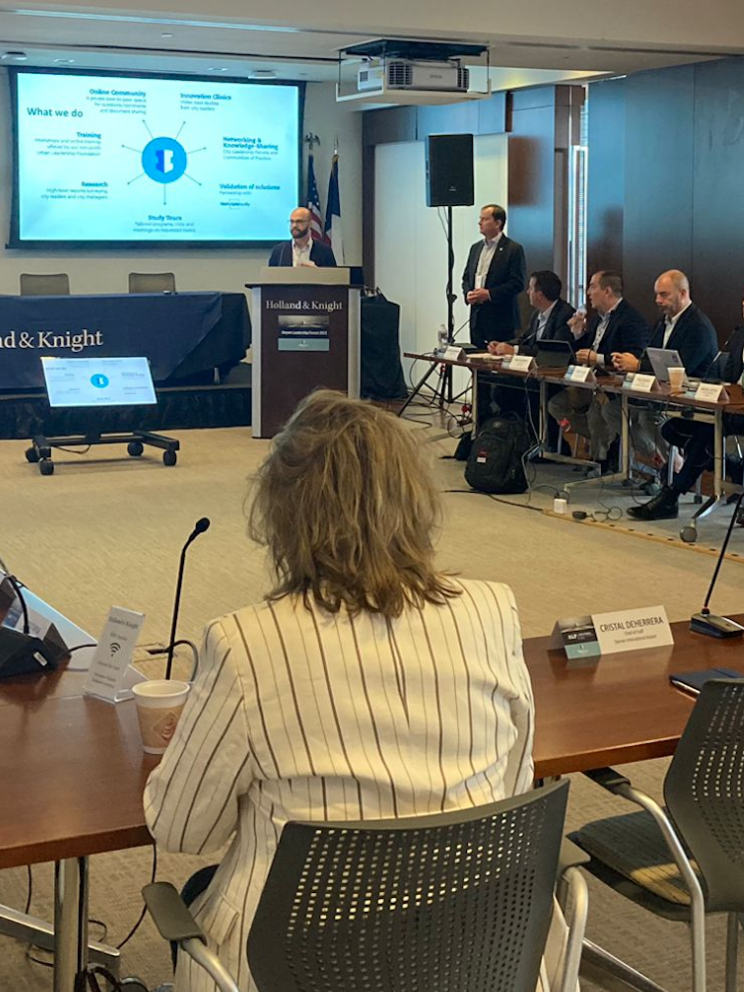
‘Last 50 metres’ now key to cycling modal shift
05 June 2025
by William Thorpe
The cycling revolution won’t be won with bike lanes alone. Cities must now fix the missing links that make or break everyday cycling, from charging and parking to theft prevention and user incentives.
That was the clear message from a Cycling Industries Europe (CIE) Innovation Network webinar, where mobility innovators warned that urban cycling risks stalling without a shift in focus to the “last 50 metres problem”.
From secure e-bike lockers and wireless charging tiles to parking sensors and reward platforms, the event highlighted how small, often overlooked pieces of infrastructure are increasingly shaping travel choices.
“Everyone talks about infrastructure, and of course, safe bike lanes matter,” said moderator Sidsel Birk Hjuler, from Urban Creators and board member of the European Cyclists’ Federation. “But what people complain about is the hassle of charging, the fear of theft, or how their employer doesn’t support their choice to cycle. These are make-or-break factors.”
Two of the featured companies focused on radically different charging approaches. Netherlands-based TILER showcased a wireless charging tile for e-bikes and cargo bikes, integrated into kickstands and capable of working across brands. Already deployed in pilots with Shell and the Irish utility company, ESB, TILER plans to scale up with manufacturers and public infrastructure partners.
By contrast, Power Shelter, also from the Netherlands, is rolling out secure battery lockers equipped with fire suppression systems. Its model is aimed at renters, gig economy workers and social housing residents, and is already being piloted by IKEA and local councils in Sweden and Germany. “The battery is now a responsibility,” said co-founder Brett Bouthillier. “People are changing behaviour just to avoid carrying or losing it. That shouldn’t be the barrier to choosing clean mobility.”
While charging solutions dominated, LumiGuide made the case that better data and visibility can ease pressure on city planners. The Dutch firm has installed AI-powered bicycle parking detection systems in Utrecht, Paris and Amsterdam, including the latter’s new 7,000-bike underwater garage.
“Cities can’t manage what they can’t measure,” said Monique Harmsen. “Our systems have increased bike parking use by 15 percent in some cases, just by helping riders find a free spot.”
In Italy, Pin Bike introduced a different lever: financial incentives. The company’s verified cycling reward platform has already distributed €1.8 million across 30 cities, nudging users to switch modes with small but tangible perks. It also collects anonymised, verifiable data via IoT devices and partnerships with shared mobility and transit providers.
“Incentives work,” said CCO Riccardo Meo Evoli. “We’ve seen 10 percent modal shifts in some cities, and the behaviour sticks.”
Despite different solutions, the panellists were unified on two points: that interoperability and collaboration are key, and that policymakers should stop thinking in silos. As e-bike uptake accelerates, the panellists argued, planning must go beyond lanes and extend into secure parking, charging access, and digital integration across MaaS platforms.
All four start-ups also reported growing international interest beyond their home markets, particularly in France, Germany, Ireland, the UK and the Nordics. Notably, each stressed the importance of working with municipalities—not just consumers or OEMs—and called for stronger support through European urban mobility funding.
“There’s no one solution,” said TILER’s Olivier Coops. “What matters is stitching these services together to make cycling truly effortless. That’s when we’ll see the shift.”
Image: Ocskay Mark | Dreamstime.com









